Celebrated African explorer and hunter Sir Samuel Baker (1821-1893) squandered no modesty penning his exploits for The Field, a British sporting journal. One account: “Seven stags now broke from a ravine [and galloped] up the hill, thus nothing but rumps were turned toward me … . I put up the back-sight for 250 yards and took a steady shot … .” The other stags paused, and “I put up the 300 yards back-sight … . Again I heard the bullet strike.”
Decades later, a gun enthusiast in southern Africa measured the beads of Victorian-era rifles. He confirmed the sight on Baker’s .577 would have subtended 24 inches at 300 yards — a stag’s entire chest. He also noted that in 1883 trials a black-powder .577 by Holland & Holland trounced all comers from the bench, with a 150-yard 4.8 x 7.7-inch group. Leaping from his horse to fire offhand at twice that distance, Baker tapped all his big-bore’s precision!
Gun-makers were loath to question such reports. A 1912 Westley-Richards ad for its Accelerated .318 Express Rifle read: “Authorities agree that its accuracy is so high that one cannot miss with it … .”
The sobering truth is that celebrity doesn’t kill game. And no rifle hits by itself.
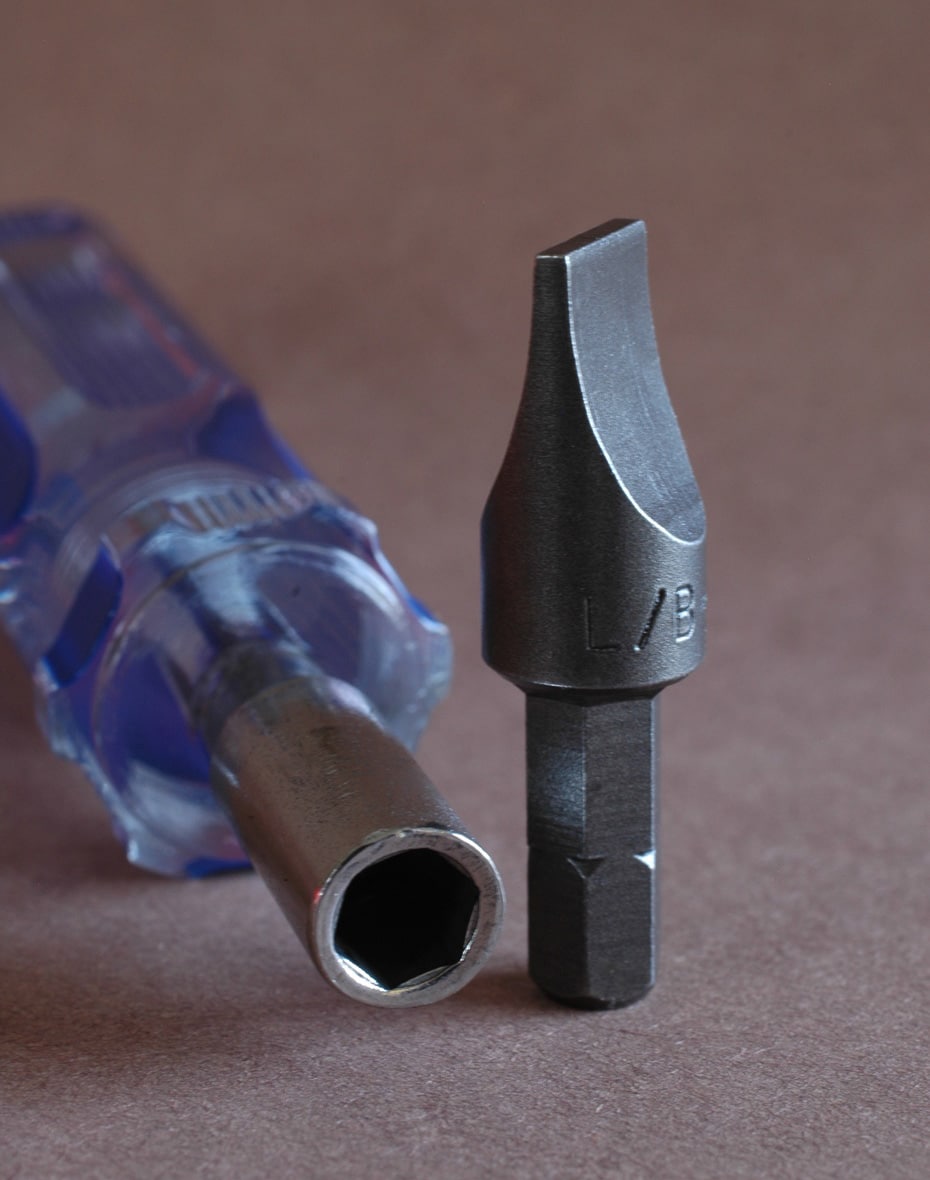
Before it’s aimed, a rifle must be zeroed, or sighted in. That is, the sight must be adjusted so the shooter’s sight-line meets the bullet’s path at a specific range.
When rifles were routinely factory-fitted with open sights, unschooled shooters assumed bullets would “go to the bead.” Not so. Only by happenstance did they imperil targets smaller than watermelons. Adjustments? Rudimentary open sights were drifted laterally with a punch, and raised on a notched ramp.
A receiver- or tang-mounted “peep” sight made windage and elevation (W/E) adjustments easier. With fingers or screwdriver, the aperture could be moved incrementally and precisely. Sadly, peep sights are going the way of the dodo. The Williams 5D of my youth cost $5 then; now it lists for 10 times that.
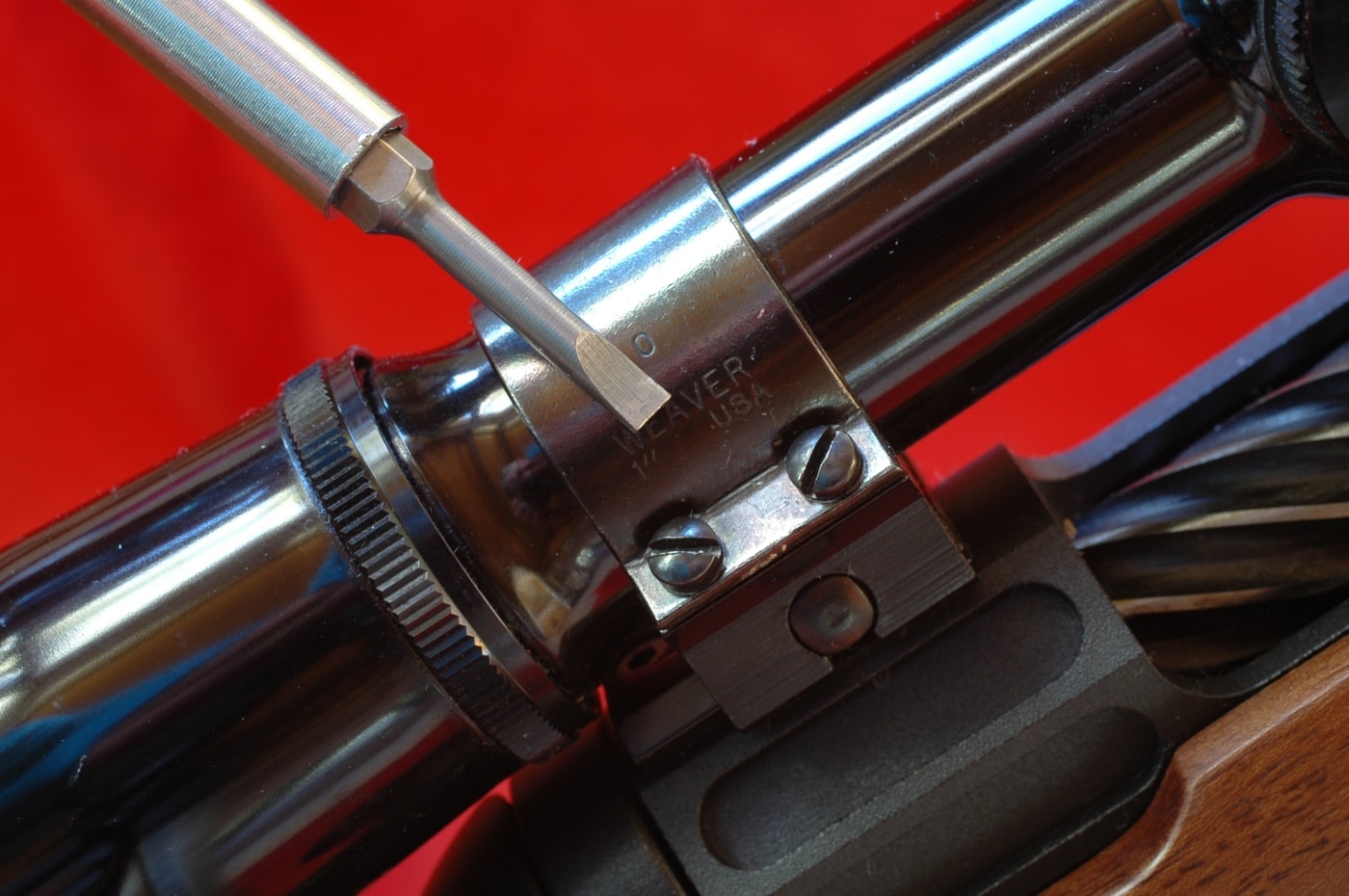
Whatever the sight, firing is necessary to zero a rifle. A scope packaged for sale with a rifle isn’t zeroed for you. Nor is a second-hand outfit, however many deer it has taken. Metallic sights are viewed in different ways, one shooter to the next, so a rifle that hits for one may miss wildly for another. The same is true for scopes, if to a lesser degree. I once hunted with a fellow who said his rifle had been zeroed by his expert staff, who tested rifles. The first day he missed a standing buck at 80 yards. My suggestion that he check zero went nowhere. Next morning, he missed a buck four times at shorter range. To his credit, he later admitted that when he fired his rifle after that trip, it sent bullets 13 inches high at 100 yards.
Step-by-Step
The frightful cost of centerfire ammo these days argues against pre-season shooting. But the first steps to a practical, enduring zero are free. After zeroing hundreds of rifles, I’ve settled on this routine:
Ensure the Scope Is Properly Attached
Many “lost zeros” result from faulty scope mounting. Check that bases are tight. Use a torque wrench to snug standard 6-48 screws to 25 inch-pounds, 8-40s to 28, before adding the rings. Grease bases of dovetail rings before turning them into their slots. (Use a 1-inch dowel, not the scope!)
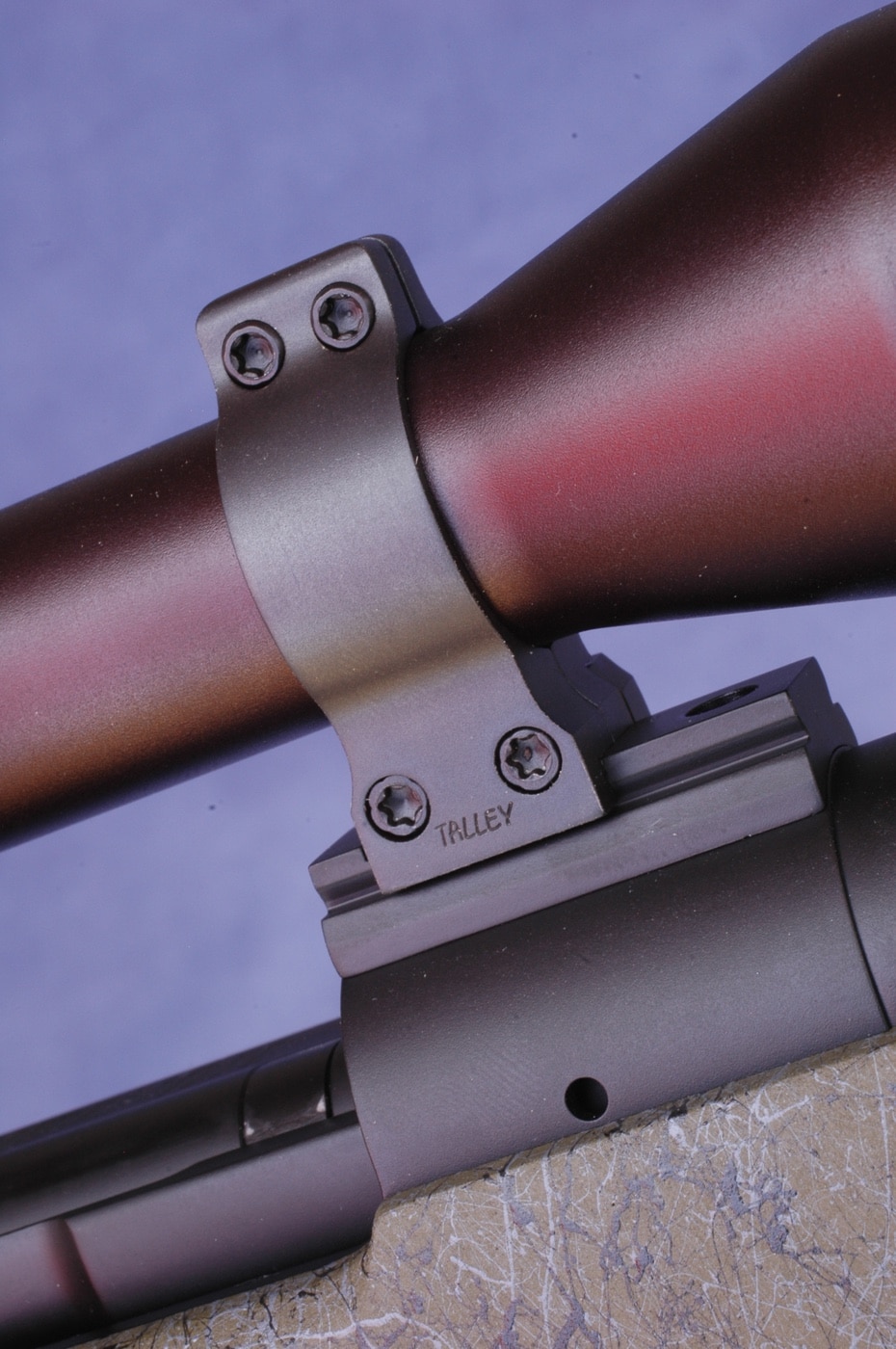
Lay the scope in the rings, screws loose or top ring halves absent. Slide the scope forward until, when tossing the rifle to eye, a full field of view appears instantly. Check eye relief prone; at a bench or offhand it may seem fine, only to scar your brow in low positions. To prevent scope damage, leave 1/8 inch free tube between the rings and turret and tube junctures.
Mark the scope with a pencil at a ring. Now, square up the reticle. Snug rings lightly, heeding your pencil mark. (Snapping a Weaver Tip-Off ring over a scope, pad the lip with a slip of paper to protect the scope finish. Rotate the scope slightly toward the lip side; cinching it down will rotate it back.) Tighten ring screws alternately, like lug nuts on a wheel, to 18 inch-pounds. Ensure that the front of at least one ring bears against the lugs of a Weaver or Picatinny rail.
Bore Sight
With the rifle in a vise or cradle or on sandbags, remove the bolt. Looking through the bore, center a distant object. My mark is a white rock on a hillside half a mile off. Without moving the rifle, use the W/E dials to bring the scope’s reticle onto the object.
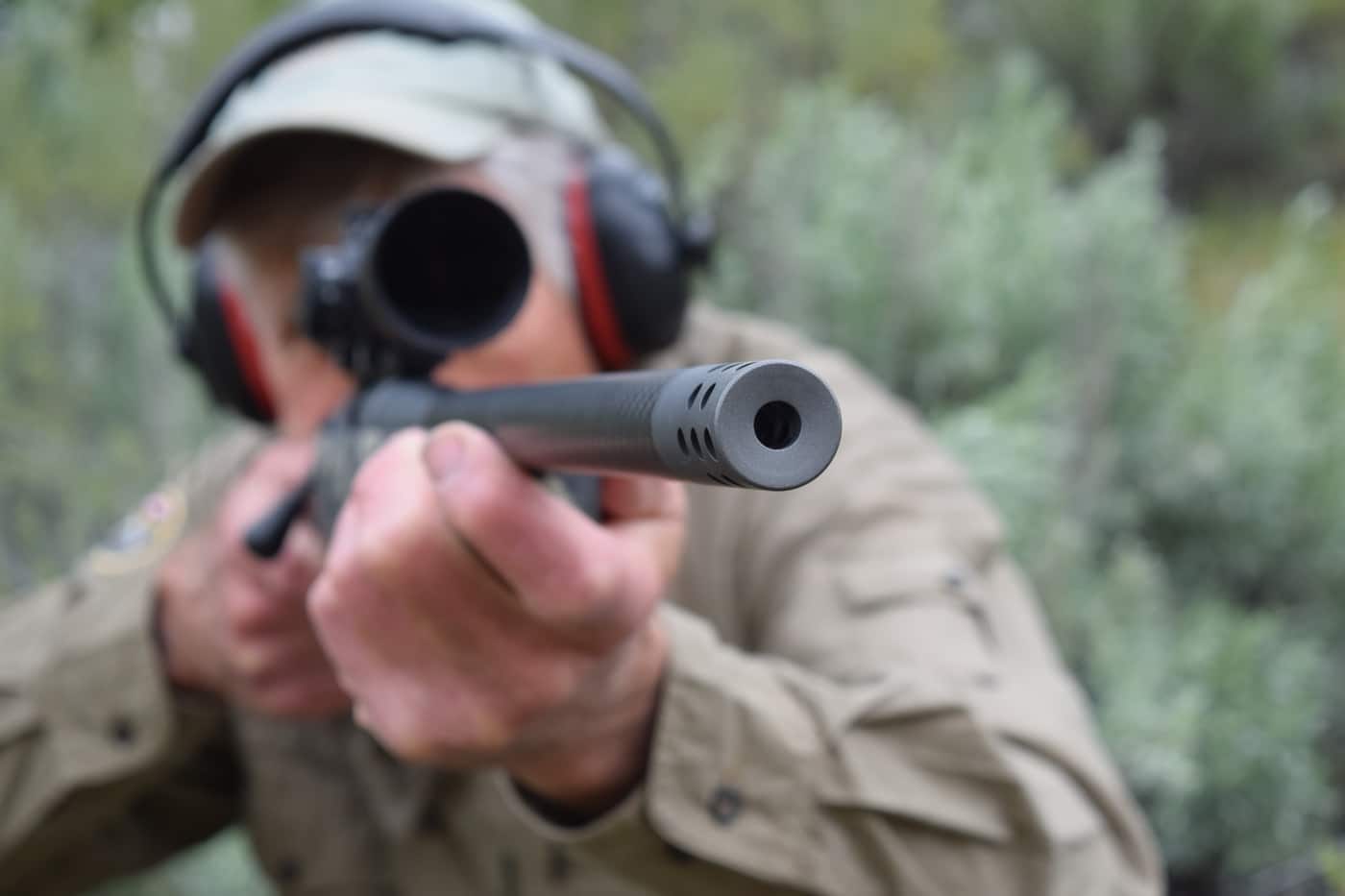
For lever- and slide-action rifles and autoloaders that don’t allow bore-sighting, there are collimators. Inserted in the muzzle, a collimator puts a graduated screen in front of your scope. Adjust the reticle to center that screen.
Fire One Careful Shot from a Rest at a Mark on Big Paper at 35 Yards
Adjust W/E dials to bring the next shot within 1 ½ inches of center. Most scopes for the U.S. market have quarter-minute dial graduations. A minute of angle is 1.047 inches, usually rounded to 1. Thus, each click or dial graduation yields a 1/4-inch impact shift at 100 yards, 1/2 inch at 200, and so on. At 35 yards, 12 clicks shift impact an inch. I next move to a 100-yard target, and refine W/E settings so bullets hit 2 ½ inches above point of aim.
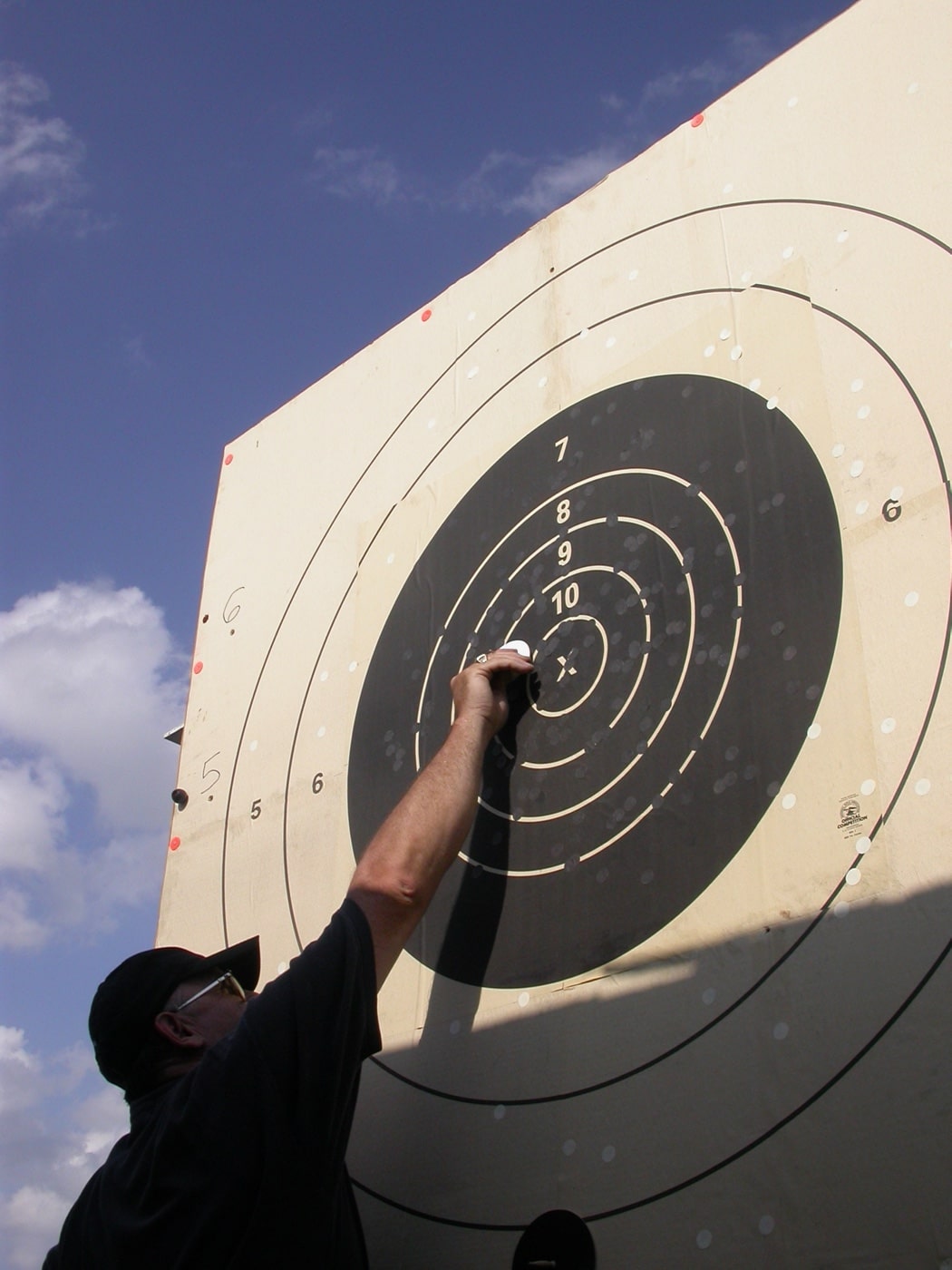
For most popular hunting loads, that brings a 200-yard zero and a practical point-blank range of 250 yards (distance from the rifle that the bullet lands within 3 vertical inches of a horizontal sight-line). Not far past 100 yards in its parabolic arc, the bullet is as far from sight-line as it will get. Drag applies brakes, pulling it into a steeper descent. A zero closer than 200 yards will keep bullets nearer sight-line at short range but reduce point-blank range.
Check Bullet Impact to Your Maximum Range at 50-Yard Intervals
Though my aim is to get close to game, I still want to know where bullets hit at 400. How many shots are enough to confirm impact point at each distance depends on how close the first bullets group. When from a bench or slinged-up prone three shots nip a 1 ½-minute group (6 inches at 400 yards), I’m confident other bullets will go there.
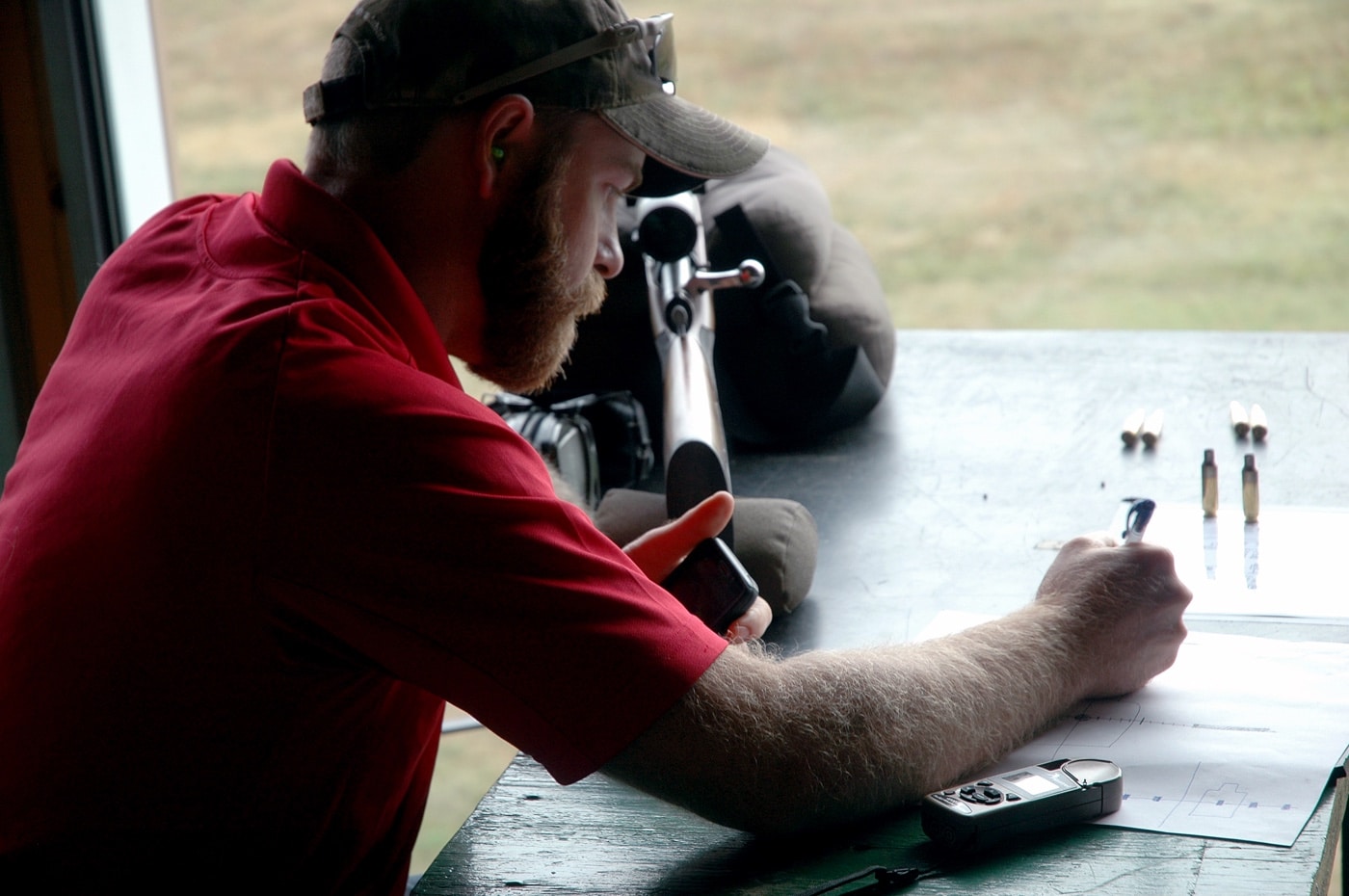
While checking bullet drop, you’re smart to note reticle subtentions so you can get rough range reads quickly through the scope. With a “plex” reticle (pioneered by Leupold with its Duplex in 1962), you might take the measure of, say, the thin section of the bottom wire. If it spans 3 feet at 200 yards, a big buck’s 18-inch chest will appear half its height there. In variable scopes with second-plane reticles, subtentions change with power changes. I measure subtentions at 4x, the magnification I use afield. With first-plane reticles, subtentions remain constant throughout the power range.
Get Off the Bench
Shooting position affects your bullet’s path. A rifle free to bounce off a sandbag or a bipod throws shots to a different place than when snugged by a taut sling. One of my rifles that centered groups at 200 yards from the bench nipped equally tight groups from prone with a sling — but 4 minutes (8 inches!) to 7 o’clock. Re-bedding halved that disparity.
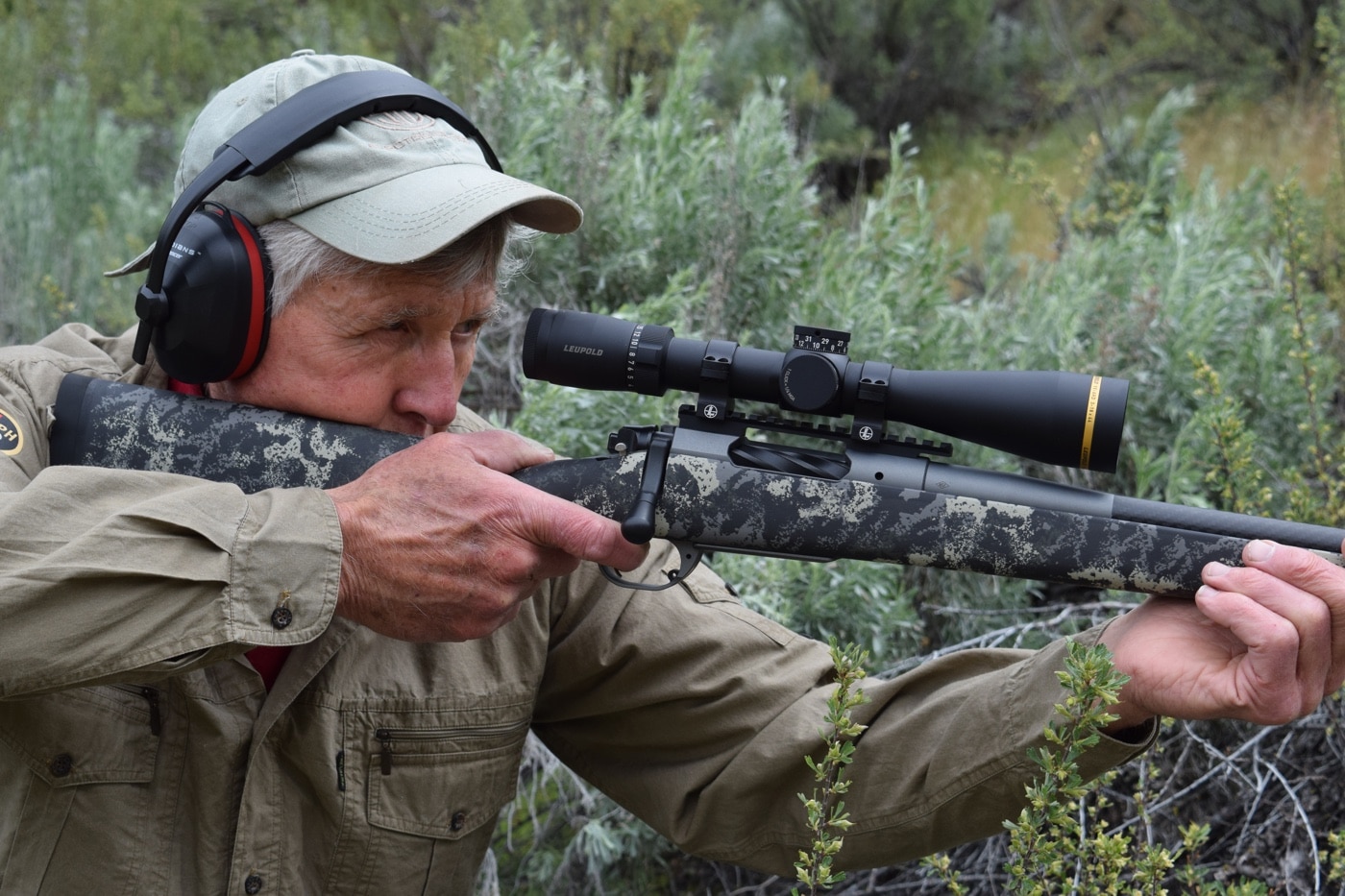
I then zeroed from prone, because on a hunt I usually shoot with my Brownell’s Latigo sling taut. While a bench is inert, your body comprises pulsing blood, twitching nerves and quivering muscles. First step to a stable field position: orient yourself so the rifle wants to point at the target. If you force it there, it will rebel, lurching toward its natural point of aim.
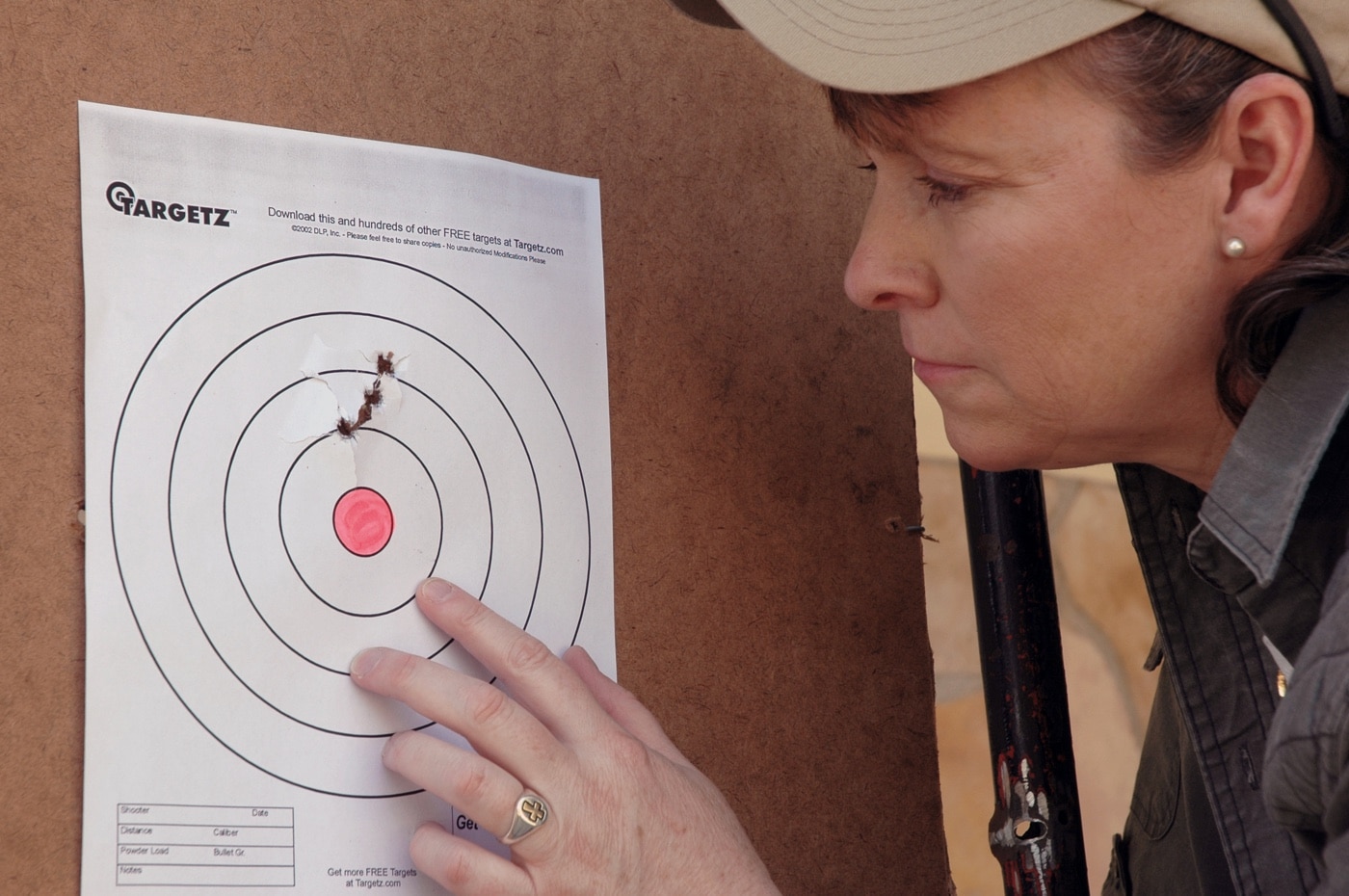
Give the rifle bone support. Remember: it moves as you crush the trigger. Beyond the involuntary bumps and quivers of your vitals, there’s the influence of shoulder, hands and cheek on the stock. The striker sets up vibrations as it drops. The bullet’s launch adds violence and torque. The sling, rest or bipod contribute bounce as the shuddering barrel slings the bullet downrange.
Too Far Out?
These days, as long-range hits make news, long zeros have appeal. But many are too long. If you zero at, say, 300 yards, your bullet is farthest from sight-line at the ranges most big game is shot! Pointed 180-grain .30-06 bullets from a rifle zeroed at 300 yards strike 5 ¾ inches high at 200, and that’s a bit past the apex of their arcs. Even sleek 162-grain boat-tails hurled at 3,000 fps from a 7mm Magnum sail nearly 4 ½ inches over sight-line at 200. Better to zero at 200 and aim spot-on to 250. Shade a hand high at 300. A top-of-the-withers hold works at 350 — farther than you should have to fire at game.
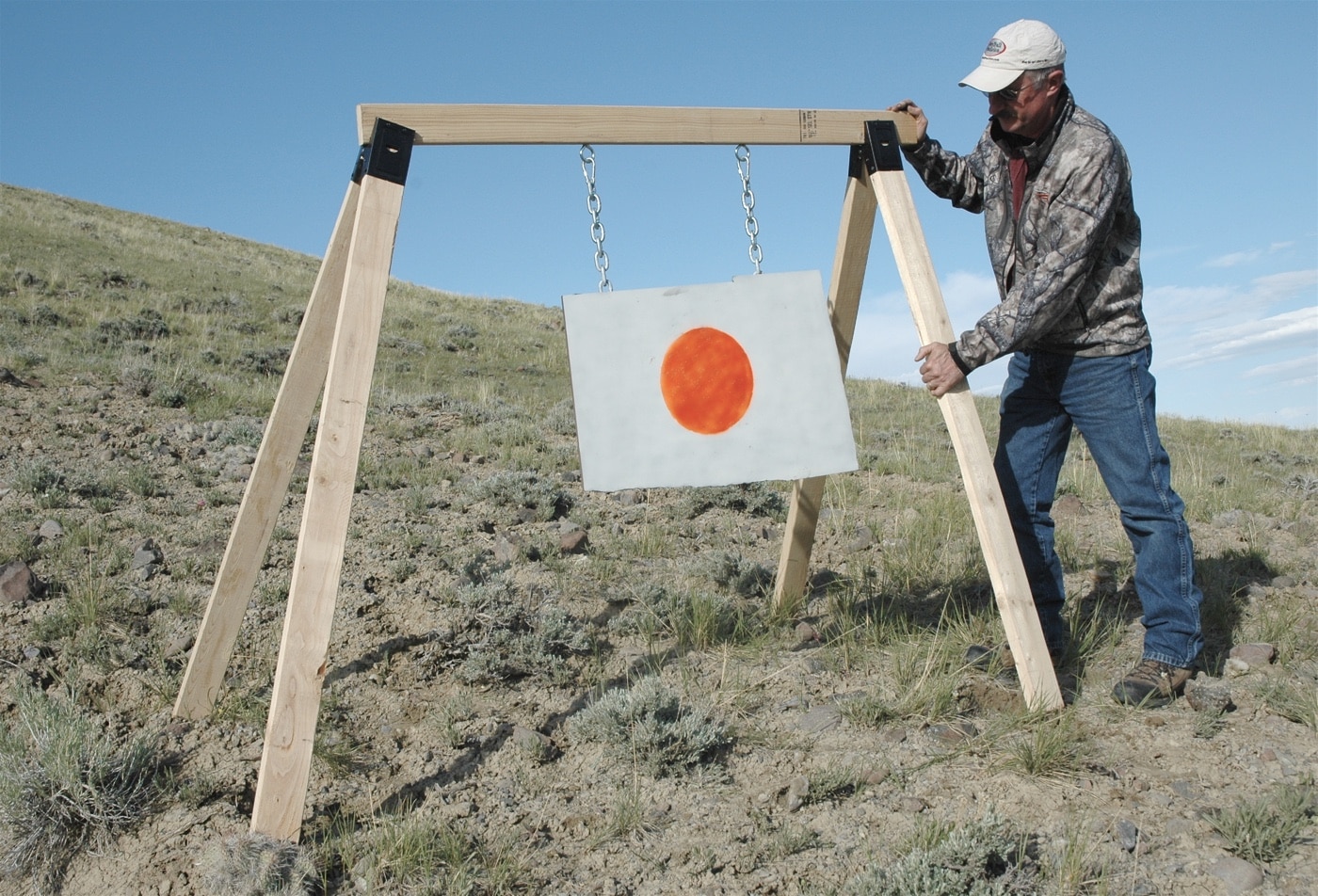
Shorter zeros? For bullets that clock under 2,200 fps, feed iron-sighted rifles or serve in whitetail thickets or close-combat dust-ups, zeroing at 150 or even 100 yards makes sense.
Zero with the scope power setting you’ll likely use afield. Fifty years ago Field & Stream shooting editor Warren Page wrote that for open-country hunting “4x is just about right [and my] personal choice.” It’s power enough for hits to 450 yards, he said, adding that a 2-7x variable is OK, but likely will “stay at 4x 96 percent of the time.” I concur. At 4x you get a target image akin to what you see with the naked eye at 100. Besides limiting brightness and shrinking field, high magnification puts each muscle twitch on the Richter scale. A reticle that quivers to your pulse at 4x dances wildly at 16x. In a vain effort to subdue it, and afraid of triggering a shot in the chaos, you tighten your grip on the rifle. Your tiring muscles bounce.
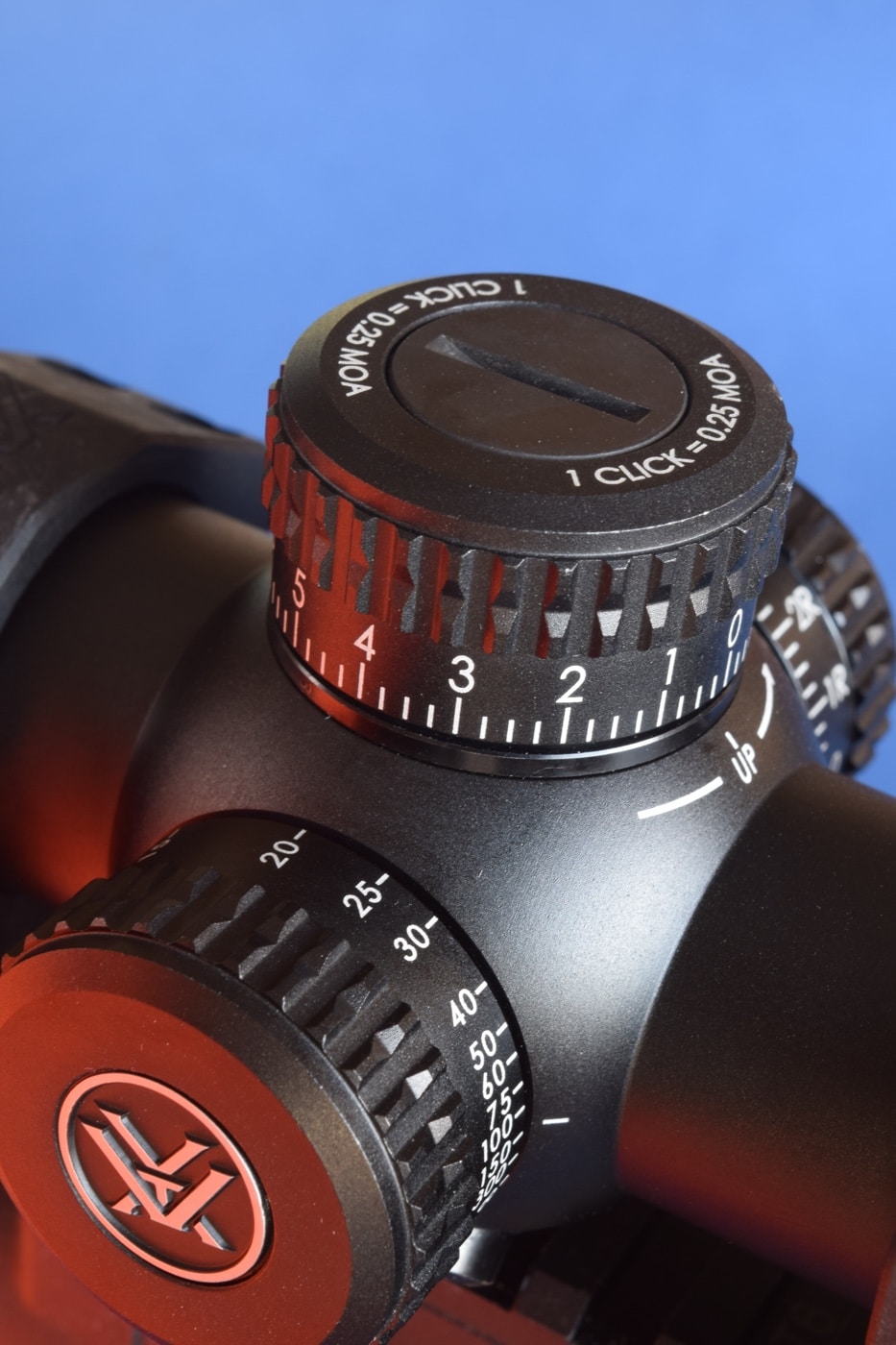
Target size should match the sight. On the mistaken impression that tiny targets bring tiny groups, many shooters use targets so small they all but hide behind front beads or crosswire intersections. At 100 yards with a 4x scope, I often use a 6-inch white paper square on brown cardboard. The reticle and bullet holes show up on both. The square is easy to quarter; groups are as small as I shoot with smaller marks.
Dialing It In
If you plan to adjust W/E dials after zeroing you’ll want to check graduations and repeatability by “shooting around the square.” After printing a three-shot group with a center hold on a 100-yard target, dial right 20 clicks and fire another group with the same hold. Next, dial 20 down and fire. Then move 20 left and fire, finally 20 up to your zero setting and fire. Groups should be 5 inches apart, the last upon the first. But for a hunting scope whose dials will stay put after zeroing, the result is mostly academic. Once, checking a 1950s-vintage scope on a saddle gun, I found the W/E dials moved impact 5 inches vertically and 4 inches horizontally per click. Yikes! But this scope holds zero. With it I killed a fine bull elk.
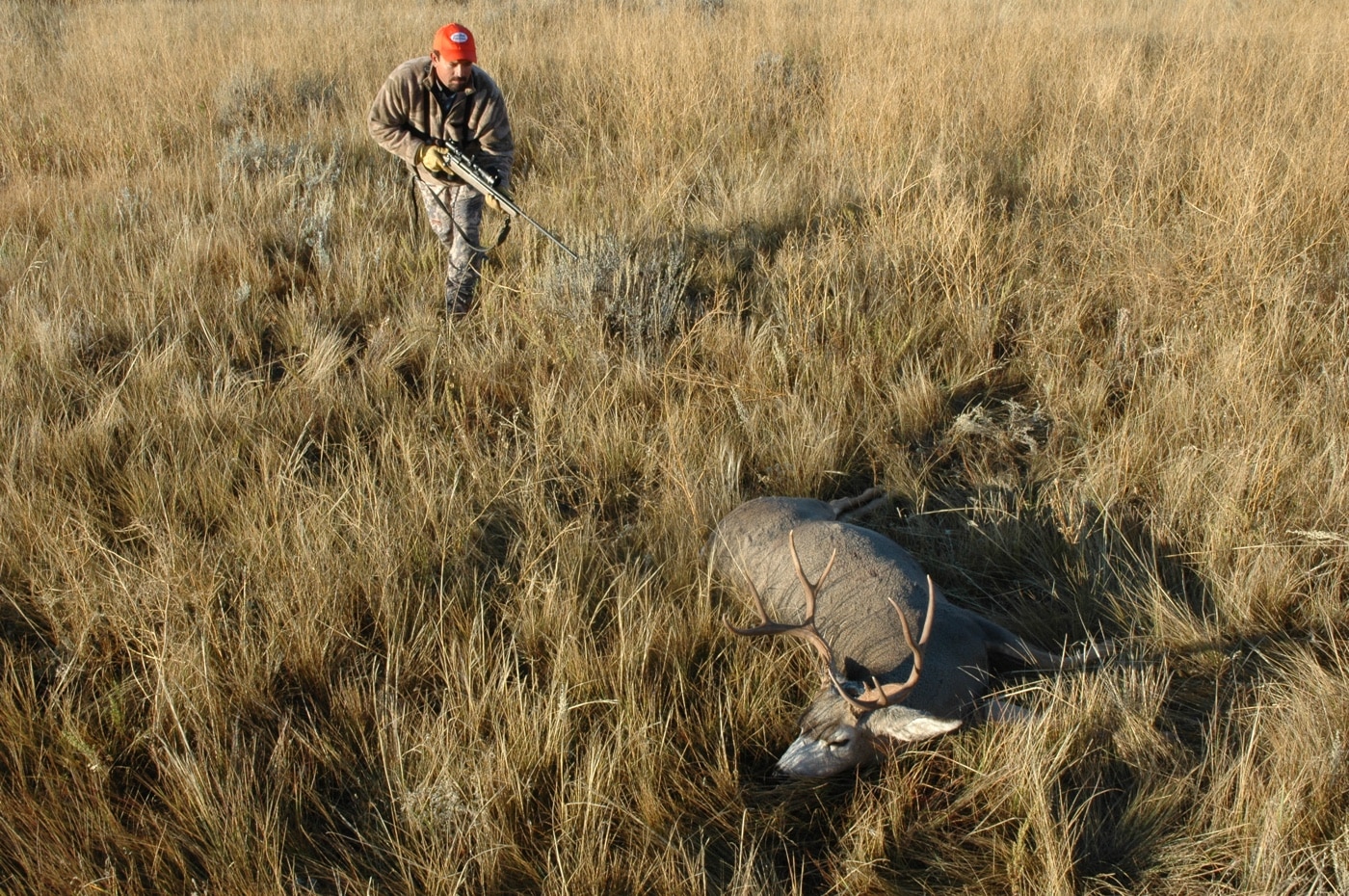
Repeatable, resettable W/E dials with zero stops tempt long-range enthusiasts to add elevation for center holds far away. Not a cardinal sin, this introduces a variable you could do without. Unlike a match that blesses you with a spotter to call impacts and corrections, a hunt may give you, alone, one chance.
Load-specific “trajectory-matched” elevation dials cut for spot-on hits at distances marked on the dial are popular. Those I’ve used from Leupold and Greybull have worked without fault to extreme range.
Scopes for centerfire rifles are typically corrected for parallax at 100 or 150 yards. Parallax is an optical gremlin evidenced by the apparent shift of the reticle on the target when your eye moves off the scope’s optical axis. Off-axis aim can cause a miss. If your eye is on-axis, parallax won’t result in aiming error at any range. Many scopes now have a focus/parallax dial on the turret. Set it for the target distance when zeroing — and, afield, for likely shot distances.

Zero shift over time is not as common as people who miss shots might believe. A wood stock can squirm as it dries or absorbs moisture; hot barrels can “walk.” But changes in loads, range conditions and shooting positions are more likely the cause of errant shots.
Time on the trigger brings confidence in a rifle and its zero. Any well-zeroed rifle can seem more accurate than it is. Think what you can get out of a truly accurate rifle that is properly zeroed?
Editor’s Note: Please be sure to check out The Armory Life Forum, where you can comment about our daily articles, as well as just talk guns and gear. Click the “Go To Forum Thread” link below to jump in and discuss this article and much more!
Join the Discussion
Featured in this article
Read the full article here




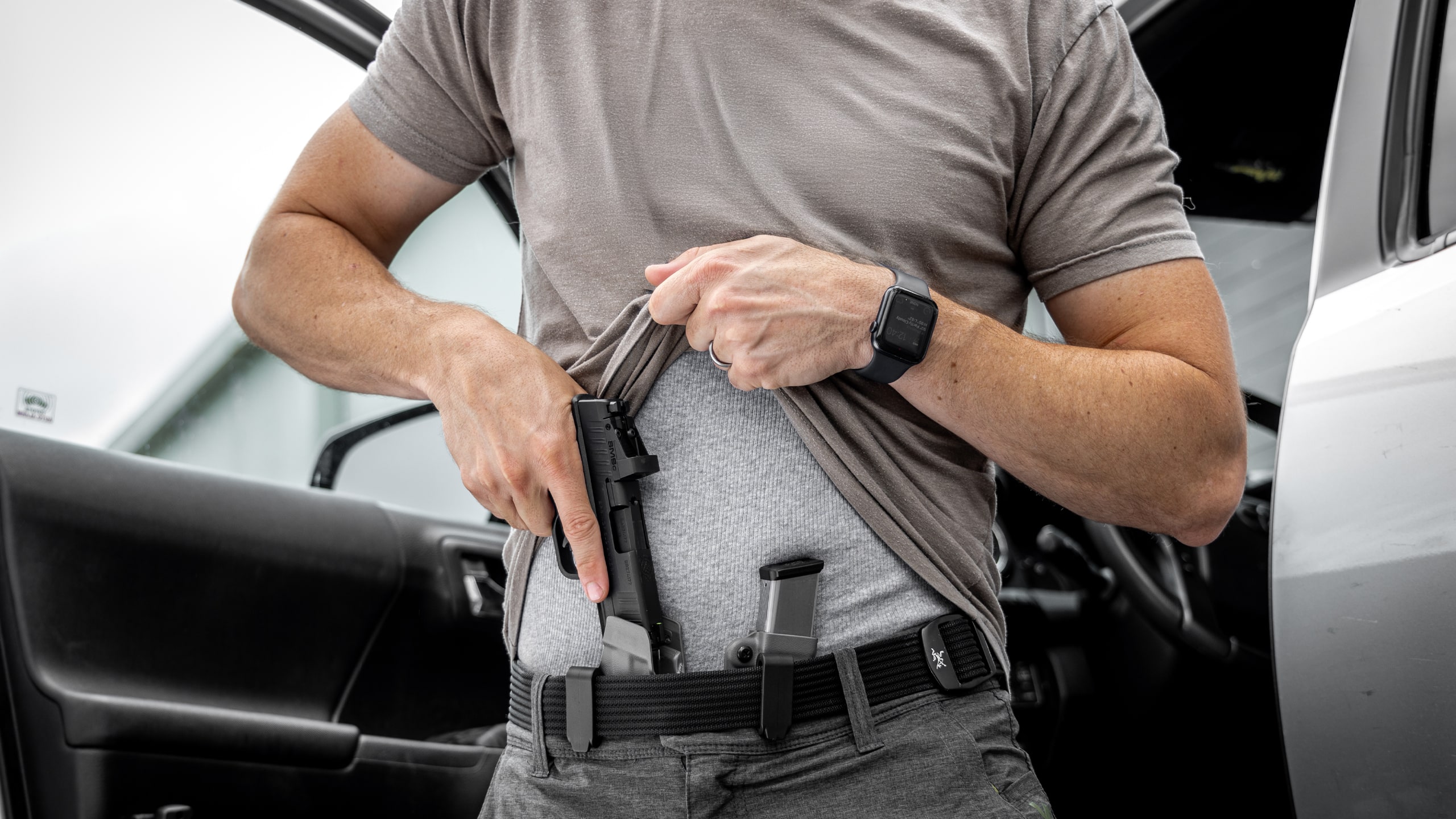
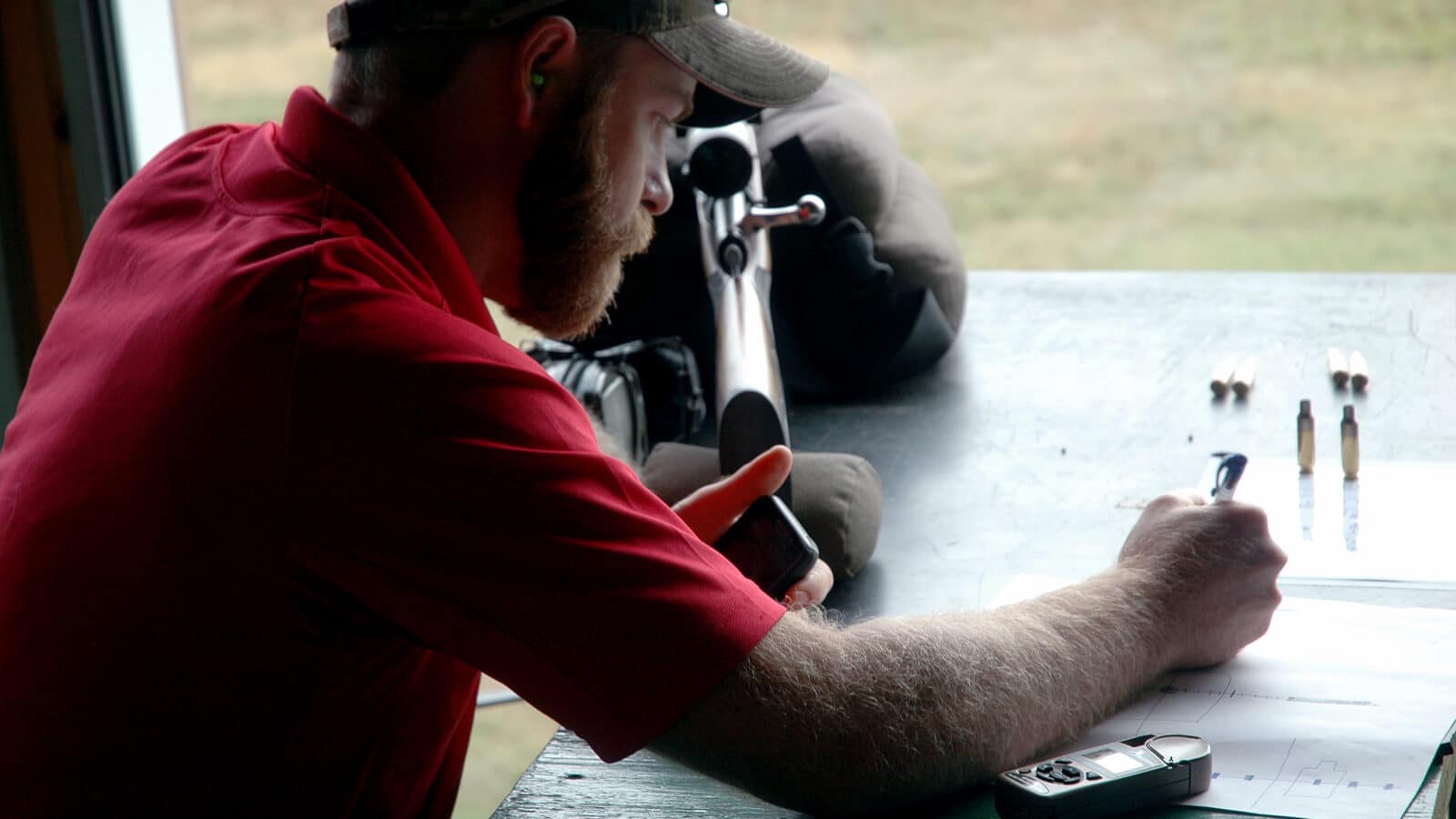




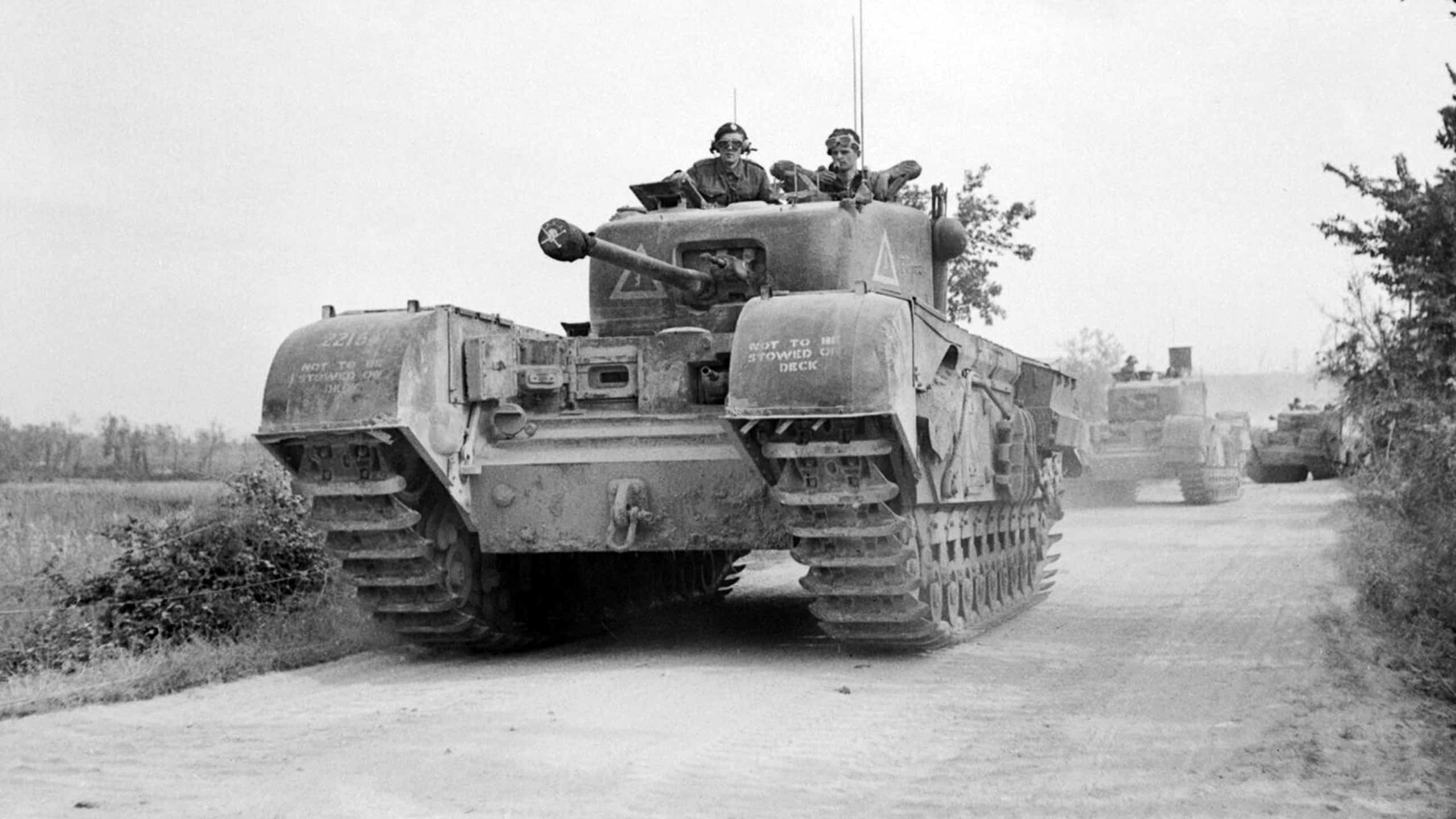



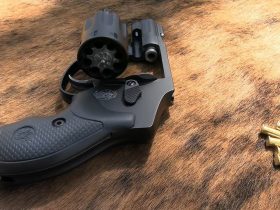

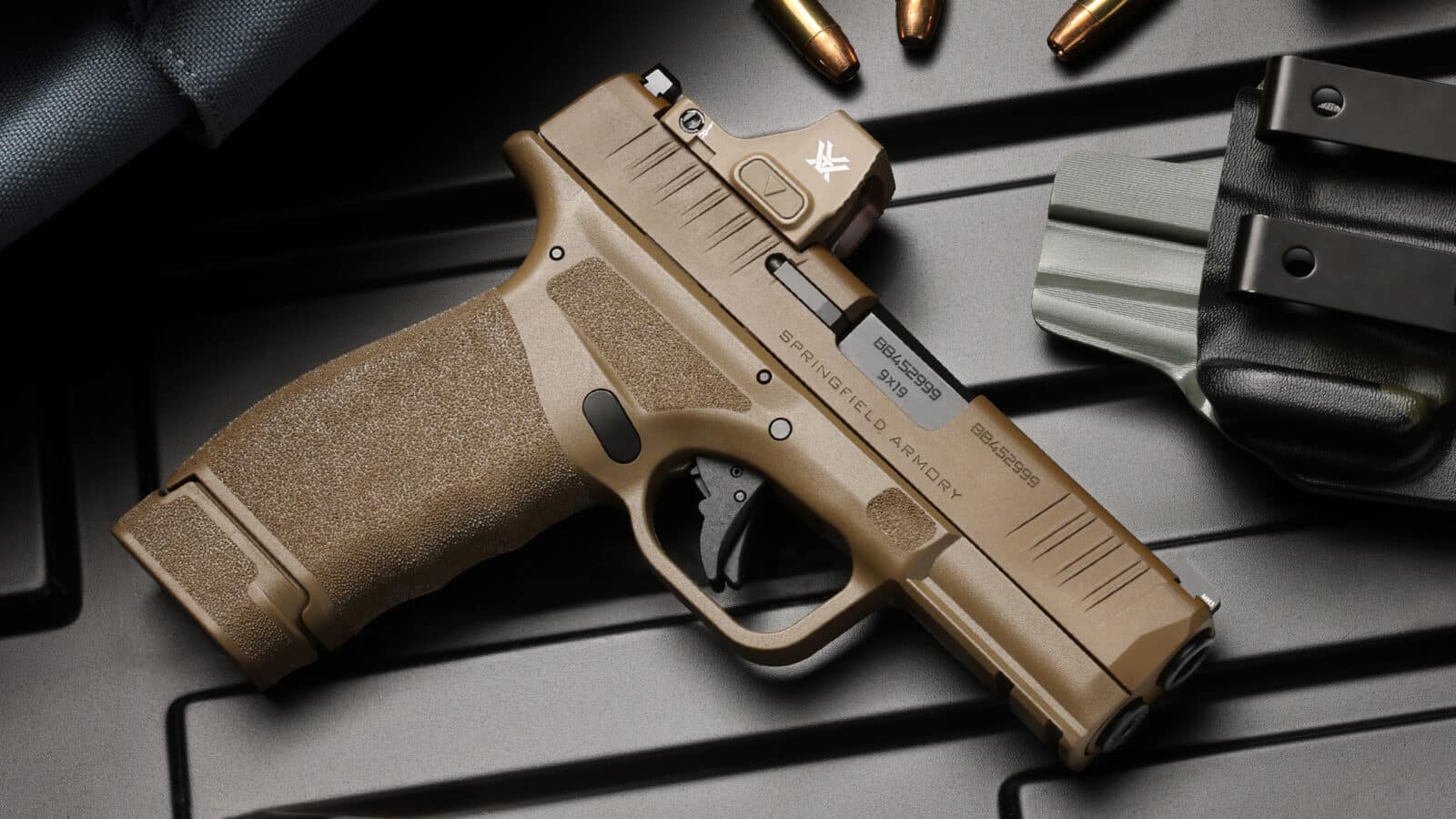

Leave a Reply